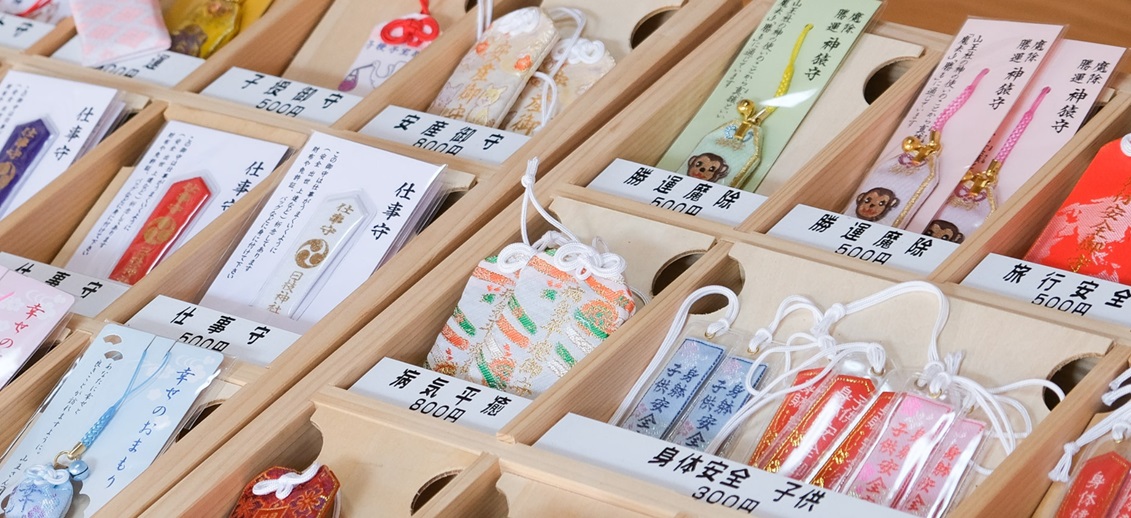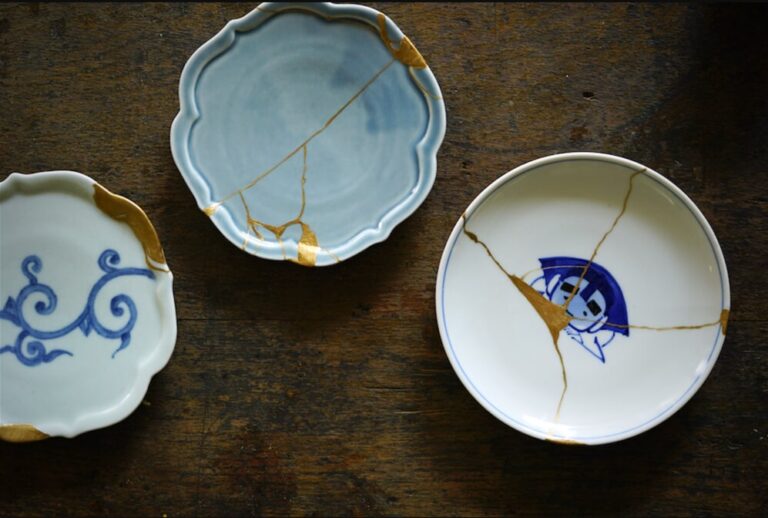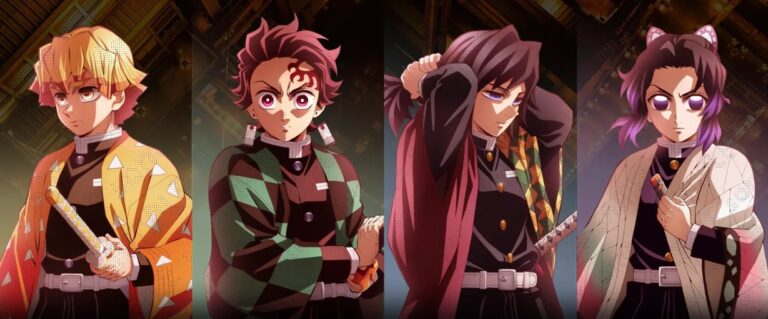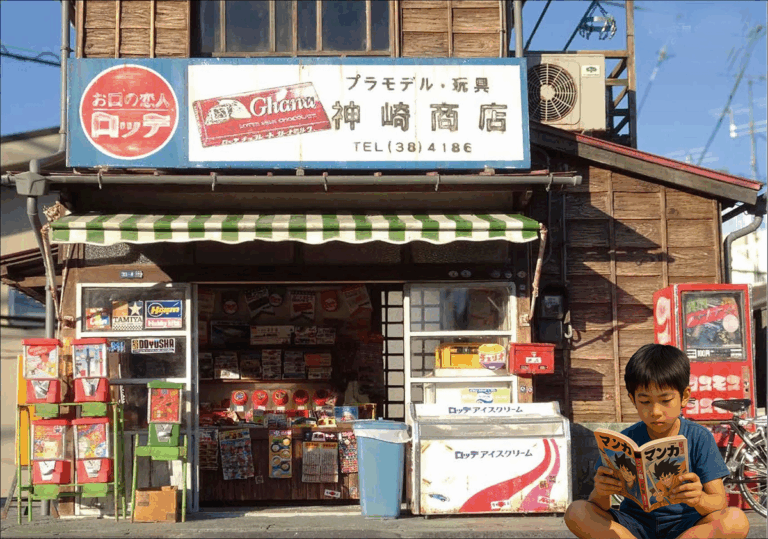What Is an omamori? – A Talisman Between Faith
More Than a Lucky Charm?
Omamori are not just cute souvenirs — they are spiritual items imbued with divine protection through prayers at Shinto shrines or Buddhist temples. Unlike ofuda or gofu, which are typically affixed to a space (like a wall or altar), omamori are designed to be carried with you, enclosing a sacred object in a soft cloth pouch for more protection.

The concept dates back to the Heian period as kakemamori, worn by nobility, and later adopted by common people as wooden tags or stitched cloth charms. Today, they come in vibrant designs, appealing to tourists and collectors alike. But at heart, an omamori is about keeping divine presence close in everyday life.
Types of Blessings & How to Keep Them Close
Each omamori has a wish or intention (known as gannai) it’s meant to protect. Here are some examples of common blessings, and the best way to carry or display them:
Wish: Academic success / Exam success
How to carry/display: Inside pencil cases, backpacks, or near your study desk
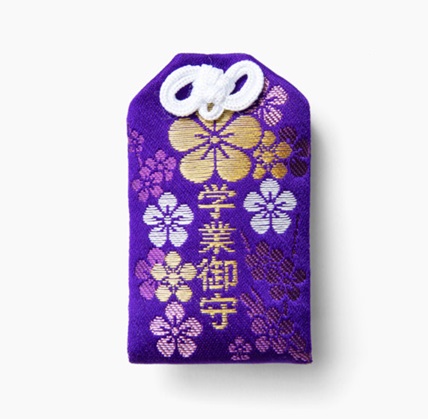
Wish: Love / Matchmaking
How to carry/display: On your bag, phone, or keychain — keep it close

Wish: Money / Business success
How to carry/display: In your wallet, bankbook case, or near your savings

Wish: Traffic safety
How to carry/display: On your car keys, mirror, or school bag

Wish: Health / Safety from illness
How to carry/display: In your daily bag or around your neck

Wish: Fertility / Safe childbirth
How to carry/display: In your maternity record book or sewn into a bellyband

Wish: Protection from bad luck / General fortune
How to carry/display: On something you always carry (bag, wallet, etc.)

If you can’t carry it daily, keep it on your desk or somewhere visible. What matters is being mindful of it — tucking it away in a dark drawer is believed to lessen its power.
Can You Have One If You Follow Another Faith?
This can be a sensitive topic.
In Japan, many people believe in Yaoyorozu no Kami — “eight million gods,” all peacefully coexisting. So, it’s totally acceptable here to carry omamori from multiple shrines without worrying that the gods will fight.
But in monotheistic traditions (Christianity, Islam, Judaism, etc.), seeking help from another deity might feel uncomfortable or even forbidden. If you’re unsure whether it’s okay in your belief system, it’s perfectly fine not to carry one.
omamori are not mandatory or forced. They’re meant to be held when you want to hold them — when your heart feels open to it.
Already Have One and Feeling Unsure?
Don’t worry — there’s no rigid rulebook. But here are some helpful pointers:
- Most people consider an omamori effective for about one year. After that, it’s polite to return it.
- Even before a year, if you feel your wish came true, you can express gratitude by revisiting the shrine or temple.
- If visiting isn’t possible, many shrines accept omamori returns by mail. (Example: Yutoku Inari shrine in Saga Prefecture)
- You should not send a Buddhist omamori to a Shinto shrine and vice versa — that’s considered improper.
Japanese gods have a very human side, and wishes are exchanged for something. To have a big wish granted, you need to pay a certain amount (faith, money, offerings, etc.), and it is wise to give thanks after the wish is granted.
Which god will bestow what blessings on you?
Each shrine enshrines a variety of gods. Each god has their own specialty, so choosing the god that best suits you will increase the chances of your wish coming true.
By the way — Japan’s spiritual world is a bit of a mix.
Some deities are mythological, some are historical figures, and some even came from India.
Confusing? Absolutely. But kind of fascinating too, right?
If you’re curious about a particular god or story, feel free to send a request via the comment form — I might write a deeper dive just for you.
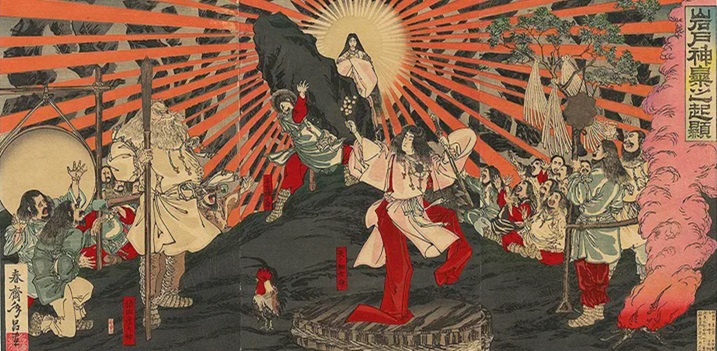
Amaterasu Oomikami → Tokyo Daijingu (Tokyo)
A sun goddess and the supreme deity of Shinto. As the ancestor of the Imperial family, she is said to grant various wishes. Rather than personal wishes, it may be better to pray for broader wishes such as bountiful harvests, industrial development, and the development of art and culture.
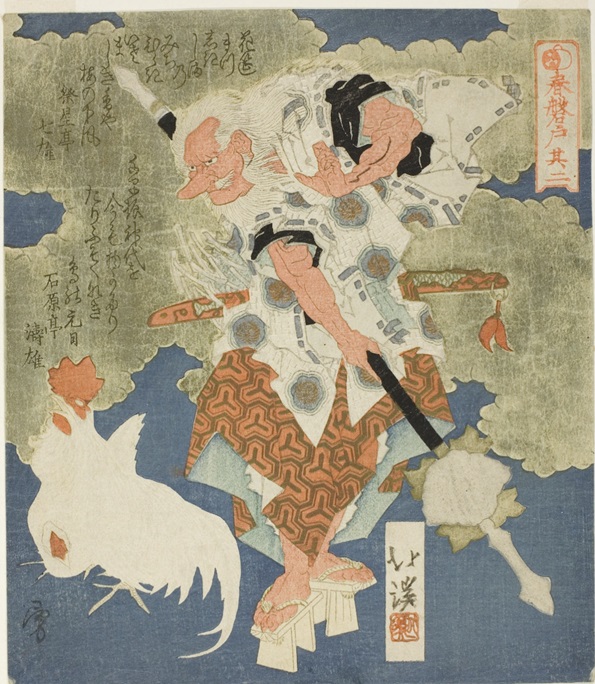
Sarutahiko → Tsubaki Taisha Shrine (Mie Prefecture)
As the god of guidance, his specialties include good luck in business and road safety. If you’re about to start something new or feel lost, it’s said that Sarutahiko Okami will guide you to success and clarity.
Ebisu → Nishinomiya Shrine (Hyogo Prefecture)
God of the sea and bountiful harvests. Originally the guardian deity of fishermen, he later gained the faith of merchants and farmers, and is now worshipped as the god of prosperous business.
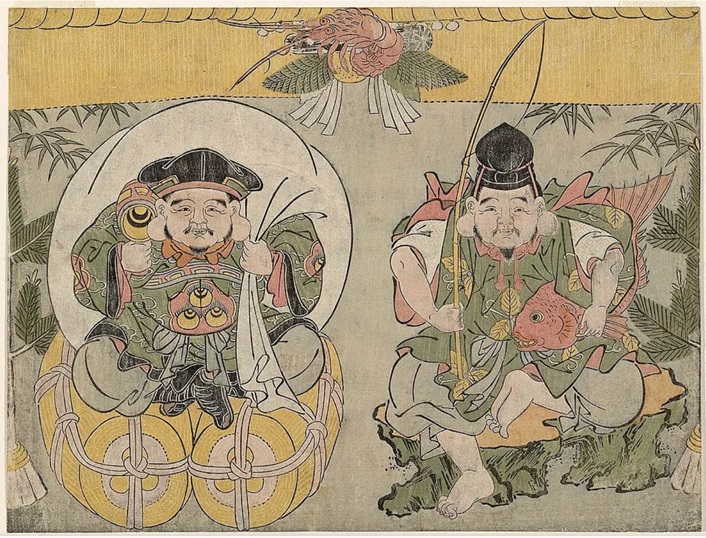
Daikokuten → Kanda Shrine (Tokyo)
Originally an incarnation of the Hindu god Shiva, who is in charge of creation and destruction, Daikokuten is the god of harvest in Japan. He is known for his warding hammer and treasure bag, and bestows prosperity and abundance.

Inari → Fushimi Inari Taisha (Kyoto)
According to the Yamashiro no Kuni Fudoki, Inari is a god associated with rice cultivation, worshipped by the Hata clan, who came from overseas. Inari worship became popular during the Edo period, and nowadays, it can be used to fulfill all kinds of wishes, including bountiful harvests, prosperous business, and household safety, as well as safe childbirth, recovery from all illnesses, fire prevention, lasting military fortunes, and peace throughout the world.
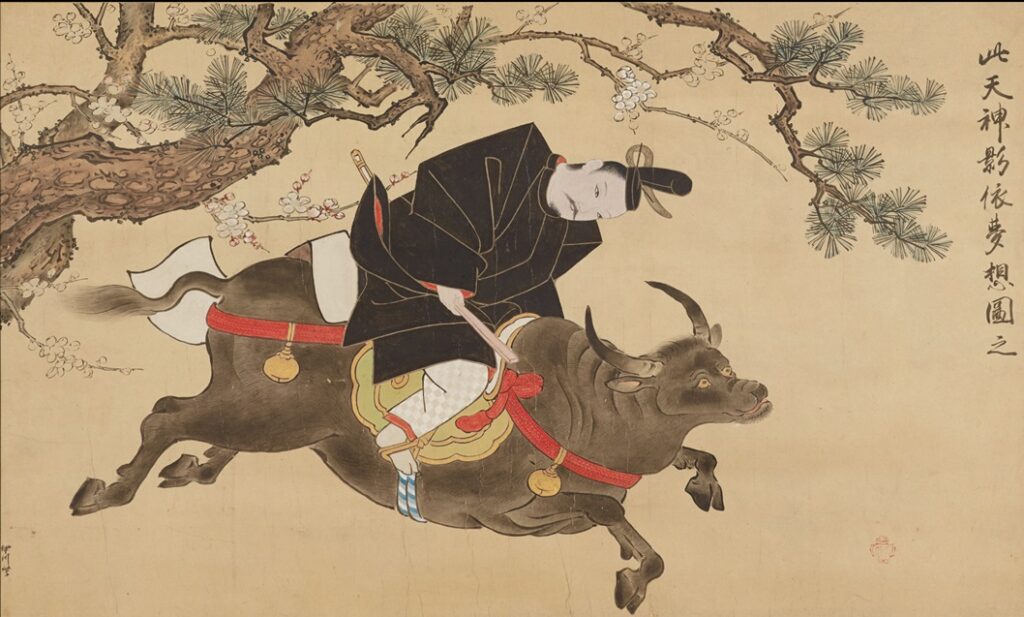
Sugawara no Michizane → Dazaifu Tenmangu (Fukuoka)
The Tenmangu shrine’s Tenman-sama refers to Sugawara no Michizane, an aristocrat, politician, and scholar who was active during the Heian period. As the god of learning and exams, many students come to worship at the shrine during exam season.
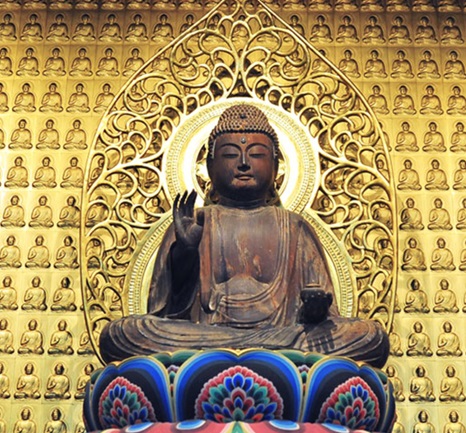
Yakushi Nyorai → Shin Yakushiji Temple (Nara)
Buddha of healing and medicinal herbs. Unlike other Buddhas who promise salvation in the afterlife, Medicine Buddha is believed to bring salvation in this life and remove illness, which is a pain in this life.
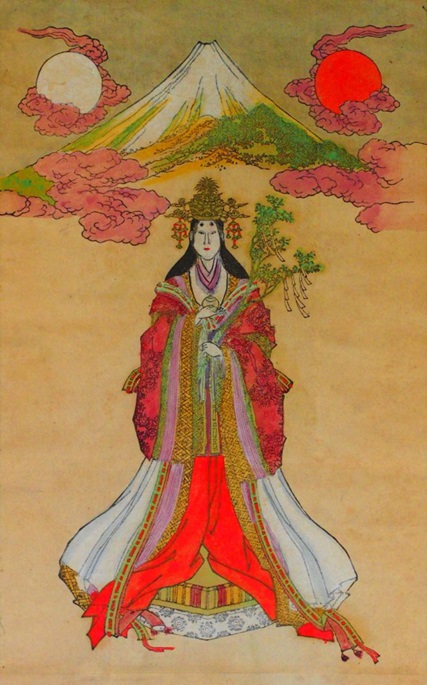
Konohanasakuyahime → Asama Shrine (Shizuoka Prefecture)
In Japanese mythology, she is a beautiful goddess who proved her chastity by giving birth to three children in a burning hut, and is therefore considered the goddess of safe childbirth.
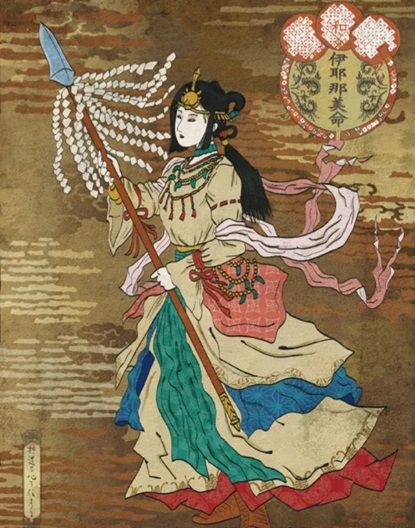
Izanami → Awashima Shrine (Wakayama Prefecture)
As the goddess of creation, she is said to be blessed with children, as she gave birth to many gods.
Fun & Unusual omamori Around Japan
Japan’s omamori world isn’t all serious. Here are some unique blessings and fun designs you can find:
- For sunshine → Weather shrine (Tokyo)
- For flying & no accidents → Haneda shrine (Tokyo)
- For cooking skills → Takaokami shrine (Chiba), Hajikami shrine (Ishikawa)
- For baseball wins → Yakyu Inari shrine (Saitama)
- For better sleep → Hine shrine (Osaka)
- For hair-related wishes → Mikami shrine (Kyoto)
- For healthy legs & feet → Hattori Tenjingu (Osaka)
- For beauty → Kawai shrine (Kyoto)
- For lottery wins → Fukutoku shrine (Tokyo)
Some omamori are shaped like airplanes, baseball bats, combs, scissors, or even teru-teru bozu (sunshine dolls). Who says the gods don’t have a sense of humor?
More Than Just a Souvenir
Omamori charms may look cute, but they are actually filled with hidden meanings and religious depth. In Japan, we believe that gods reside everywhere. Whether you share this belief or not, we hope you can understand why we treasure these little charms. If the charm can bring you even a little peace of mind, that’s enough. In Japan, when a wish comes true, the gods are deeply grateful, so people often visit shrines to give thanks.
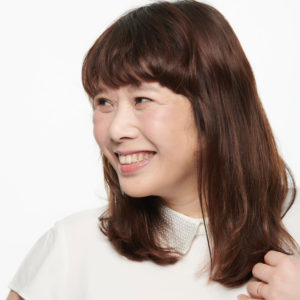
Editor and writer from Japan. Not the best at English, but I share real stories with heart and honesty — aiming to connect cultures and ideas that matter.

